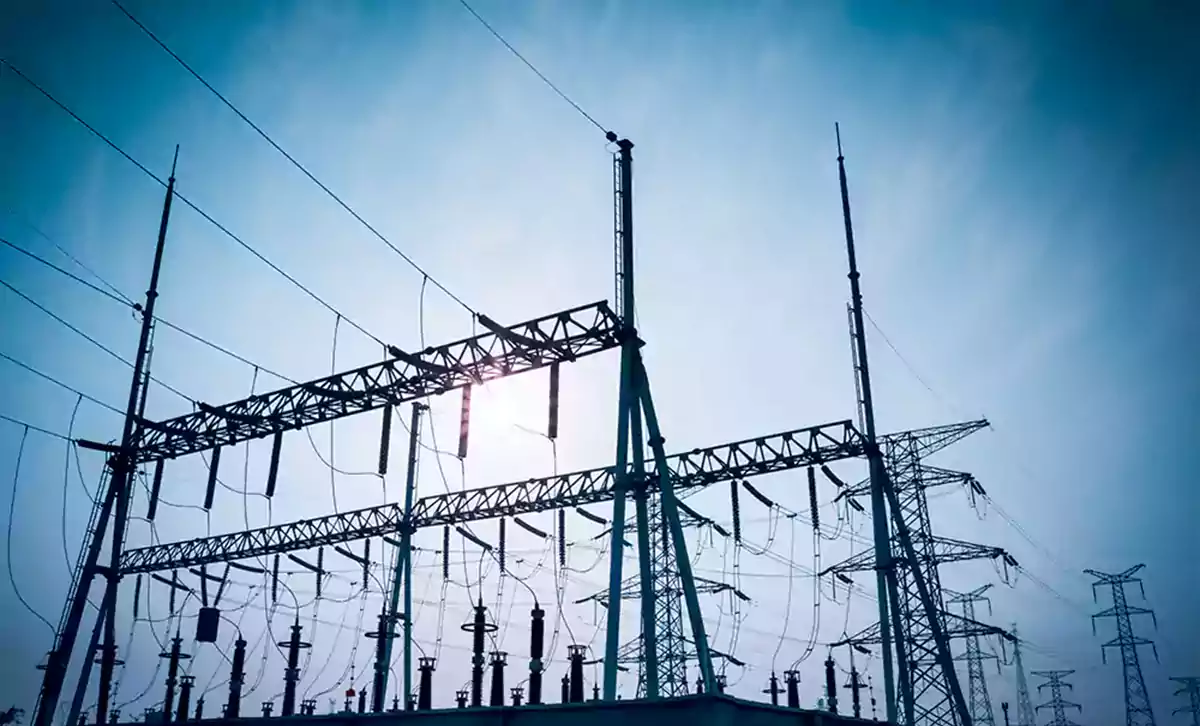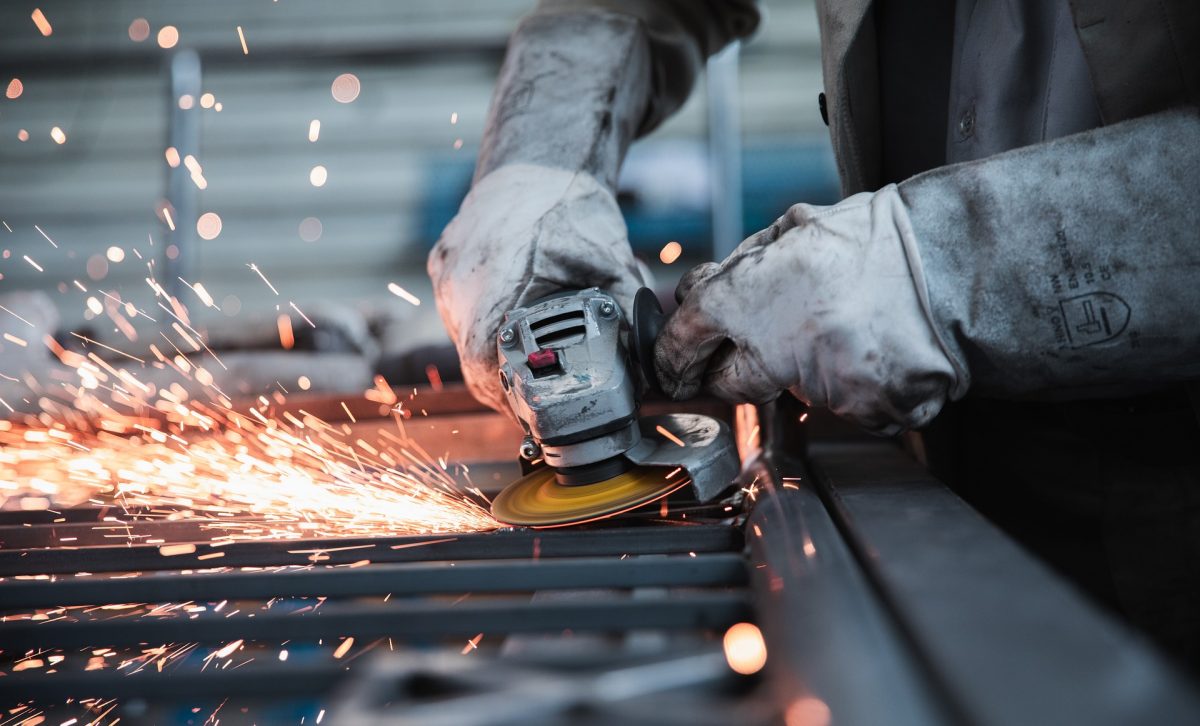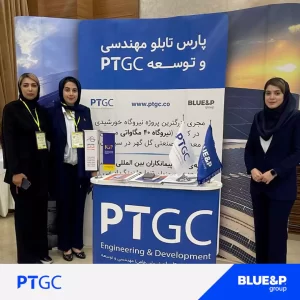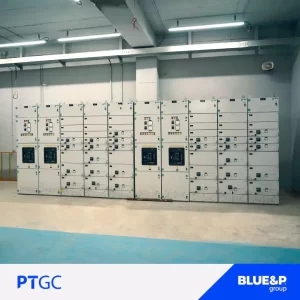If you went through the planning steps to evaluate whether a small Wind Electric System will work at your location, you will already have a general idea about:
The amount of wind at your site
The zoning requirements and covenants in your area
The economics, payback, and incentives of installing a wind system at your site.
Now, it is time to look at the issues associated with installing the wind system:
Siting — or finding the best location — for your system
Estimating the system’s annual energy output and choosing the correct size turbine and tower
Deciding whether to connect the system to the electric grid or not.
Installation and Maintenance
You should have your system installed by a professional installer. A credible installer may provide additional services such as permitting. Find out if the installer is a licensed electrician, and ask for references and check them. With proper installation and maintenance, a small Wind Electric System should last up to 20 years or longer. Annual maintenance can include:
Checking and tightening bolts and electrical connections as necessary
Checking machines for corrosion and the guy wires for proper tension
Checking for and replace any worn leading edge tape on the turbine blades, if appropriate
Replacing components such as turbine blades and/or bearings as needed.
Sizing Small Wind Turbines
Small wind turbines used in residential applications typically range in size from 400 watts to 20 kilowatts, depending on the amount of electricity you want to generate.
A typical home uses approximately 10,649 kilowatt-hours of electricity per year (about 877 kilowatt-hours per month). Depending on the average wind speed in the area, a wind turbine rated in the range of 5–15 kilowatts would be required to make a significant contribution to this demand. A 1.5-kilowatt wind turbine will meet the needs of a home requiring 300 kilowatt-hours per month in a location with a 14 mile-per-hour (6.26 meters-per-second) annual average wind speed.
A professional installer will help you determine what size turbine you’ll need. First establish an energy budget. Because energy efficiency is usually less expensive than energy production, reducing your home’s electricity use will probably be more cost effective and will reduce the size of the wind turbine you need.
The height of a wind turbine’s tower also affects how much electricity the turbine will generate. A professional installer should help you determine the tower height you will need.
Estimating Annual Energy Output
An estimate of the annual energy output from a wind turbine (in kilowatt-hours per year) is the best way to determine whether it and the tower will produce enough electricity to meet your needs.
A professional installer can help you estimate the energy production you can expect. The manufacturer will use a calculation based on these factors:
Particular wind turbine power curve
Average annual wind speed at your site
Height of the tower that you plan to use
Frequency distribution of the wind — that is, an estimate of the number of hours that the wind will blow at each speed during an average year.
The installer should also adjust this calculation for the elevation of your site.
Grid-Connected Small Wind Electric Systems
Small wind energy systems can be connected to the electricity distribution system. These are called grid-connected systems. A grid-connected wind turbine can reduce your consumption of utility-supplied electricity for lighting, appliances, electric heating and cooling, and vehicle charging. If the turbine cannot deliver the amount of energy you need, the utility makes up the difference. When the wind system produces more electricity than your household requires, the excess is credited and used to offset future use of utility-supplied power.
Modern grid-connected wind turbines will operate only when the utility grid is available. They can also operate during power outages when configured to work in tandem with storage to form a home microgrid to provide back-up power.
Grid-connected systems can be practical if the following conditions exist:
You live in an area with an average annual wind speed of at least 9 miles per hour (4 meters per second).
Utility-supplied electricity is expensive in your area (about 10 cents per kilowatt-hour).
The utility’s requirements for connecting your system to its grid are not prohibitively expensive, and there is sufficient capacity to integrate your system.
Your utility can provide you with a list of requirements for connecting your system to the grid.
Wind Power in Isolated Grid Systems
Wind power can be used in isolated off-grid systems, or microgrid systems, not connected to an electric distribution grid. In these applications, small Wind Electric Systems can be used in combination with other components — including a small solar electric system — to create hybrid power systems. Hybrid power systems can provide reliable off-grid power for homes, farms, or even entire communities (a co-housing project, for example) that are far from the nearest utility lines.
An off-grid, hybrid electric system may be practical for you if the items below describe your situation:
You live in an area with an average annual wind speed of at least 9 miles per hour (4.0 meters per second).
A grid connection is not available or can only be made through an expensive extension. The cost of running a power line to a remote site to connect with the utility grid can be prohibitive.
You would like to gain energy independence from the utility.
You would like to generate clean power.
Wind Power in Isolated Grid Systems
Wind power can be used in isolated off-grid systems, or microgrid systems, not connected to an electric distribution grid. In these applications, small Wind Electric Systems can be used in combination with other components — including a small solar electric system — to create hybrid power systems. Hybrid power systems can provide reliable off-grid power for homes, farms, or even entire communities (a co-housing project, for example) that are far from the nearest utility lines.
An off-grid, hybrid electric system may be practical for you if the items below describe your situation:
You live in an area with an average annual wind speed of at least 9 miles per hour (4.0 meters per second).
A grid connection is not available or can only be made through an expensive extension. The cost of running a power line to a remote site to connect with the utility grid can be prohibitive.
You would like to gain energy independence from the utility.
You would like to generate clean power.
source : energy.gov








